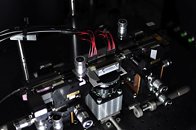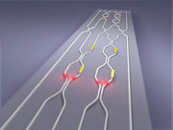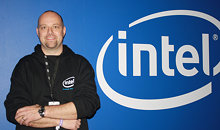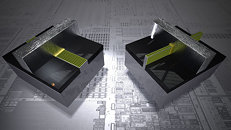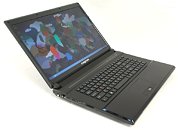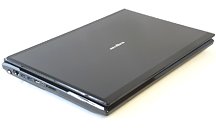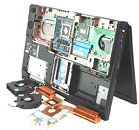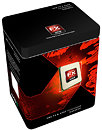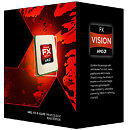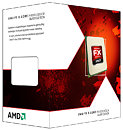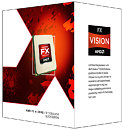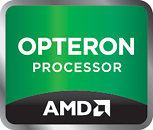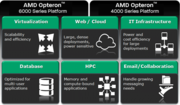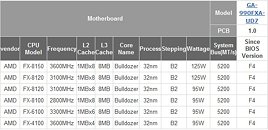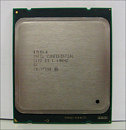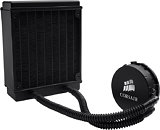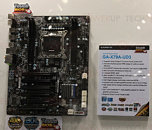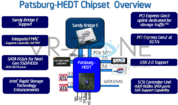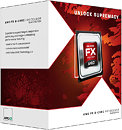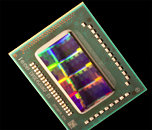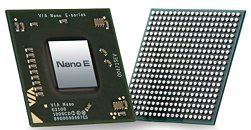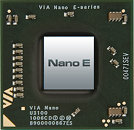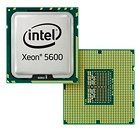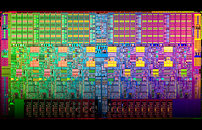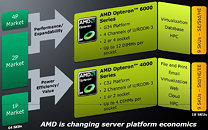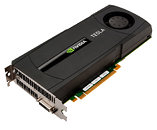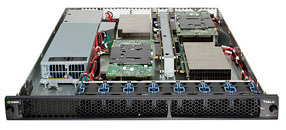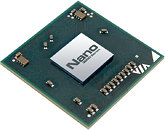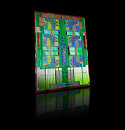Multi-Purpose Photonic Chip Paves The Way To Programmable Quantum Processors
A multi-purpose optical chip which generates, manipulates and measures entanglement and mixture - two quantum phenomena which are essential driving forces for tomorrow's quantum computers - has been developed by researchers from the University of Bristol's Centre for Quantum Photonics. This work represents an important step forward in the race to develop a quantum computer.
The fundamental resource that drives a quantum computer is entanglement - the connection between two distant particles which Einstein famously called 'spooky action at a distance'. The Bristol researchers have, for the first time, shown that this remarkable phenomenon can be generated, manipulated and measured entirely on a tiny silica chip. They have also used the same chip to measure mixture - an often unwanted effect from the environment, but a phenomenon which can now be controlled and used to characterize quantum circuits, as well as being of fundamental interest to physicists.
The fundamental resource that drives a quantum computer is entanglement - the connection between two distant particles which Einstein famously called 'spooky action at a distance'. The Bristol researchers have, for the first time, shown that this remarkable phenomenon can be generated, manipulated and measured entirely on a tiny silica chip. They have also used the same chip to measure mixture - an often unwanted effect from the environment, but a phenomenon which can now be controlled and used to characterize quantum circuits, as well as being of fundamental interest to physicists.
